A quiet suburban area
Please note that this text is an extract from a reference work written in 1990. As a result, some of the content may not reflect recent research, changes and events.
Once a small village to the north of Hove, with a population of less than a hundred for many years, West Blatchington was developed as a large housing estate just before and after the Second World War, and all that now remains of the original village is the mill and church. The impressive windmill and granary is a grade II*-listed building but its age is rather uncertain; probably dating from around 1820, it certainly existed by 1823, and in 1825 was sketched by Constable. Milling ceased in 1897 and it has been open to the public since 1979.
The parish church of St Peter was rebuilt in 1890 by George Somers Clarke, but includes the Norman nave of a church which was in ruins by the eighteenth century; the position of vicar of West Blatchington was in fact united with that of Brighton from 1744 until 1941 {83}. West Blatchington also formed the Hundred of Whalesbone together with Brighton.
On 1 April 1928 most of West Blatchington became an urban parish within the borough of Hove, but 131 acres to the east of the Dyke and Saddlescombe roads, including the upper parts of the Waterhall Valley and Mill Road, were transferred to Brighton; no population or buildings were involved.
Any numerical cross-references in the text above refer to resources in the Sources and Bibliography section of the Encyclopaedia of Brighton by Tim Carder.
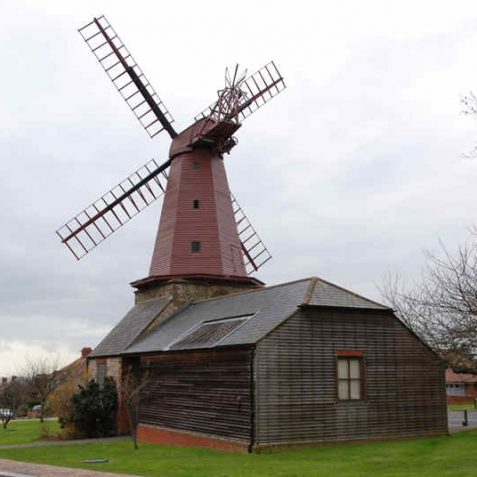
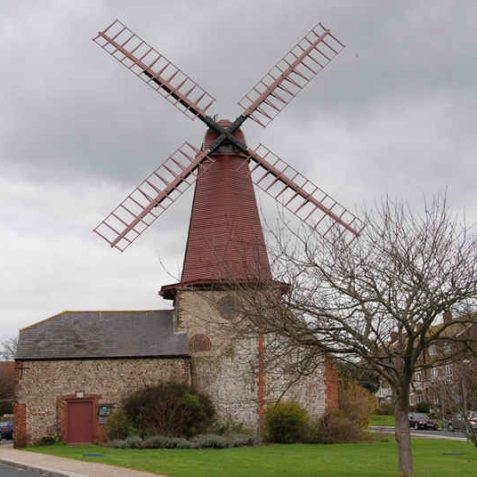
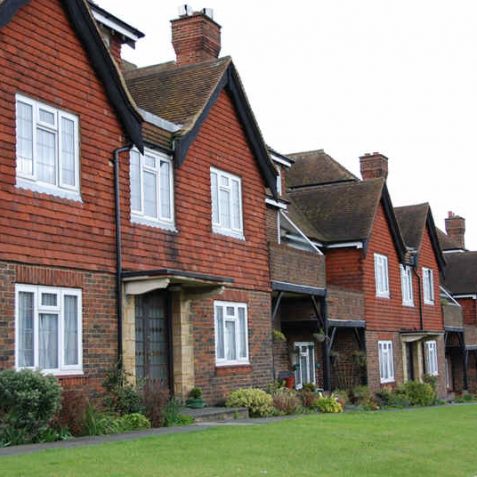
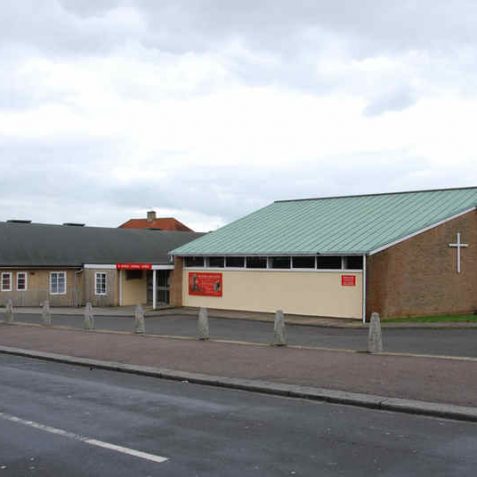


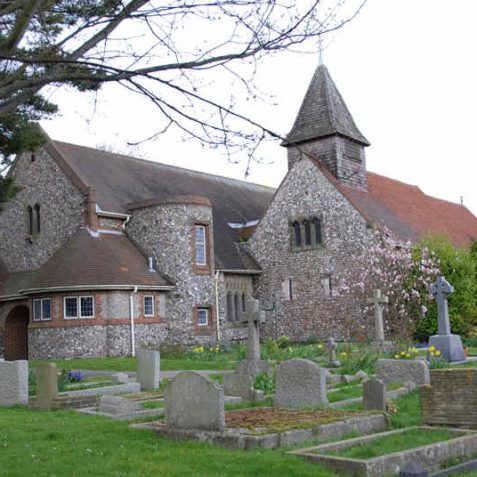





Comments about this page
Has anybody got any pictures of the windmill when it was on fire in 1936?
This photo is actually the hall of St George’s Church. Mass used to be celebrated there by the priests of St Peters church, Portland Road, Hove. In 1968-1970 it was used on some Saturday nights to hold Discotrons. Father Van der Most, a Catholic priest used to help us to run the events even though we were still at school-Peter Groves who regularly contributes to this site used to help and was in charge of lighting effects. He did it really well.The church was built next door to the hall and mass was then celebrated there. Father Touhy was the first parish priest, then Father David Weston.
I was born and brought up to in Hangleton. I used to attend St George Catholic Church and I know Fr David Weston. I don’t know when St George’s Church was built but I am interested in any information anyone has got and when the houses were built in Amberley Close Hangleton.
My number is 07930275133. Thank you.
We moved to the top of Hangleton in 1957 and also went to St George’s. At that time the hall was used as the church and the congregation were saving to have a proper church built on the adjcent “scrub” land. Father Touee (not sure of the spelling) was the parish priest at that time. I can’t recall when the church proper was built, I think mid 80’s is my best guess, regards!
Add a comment about this page